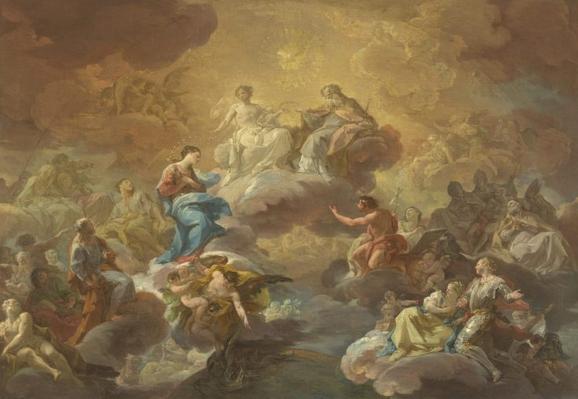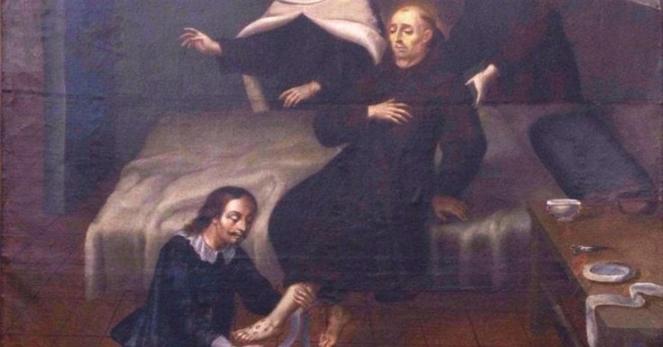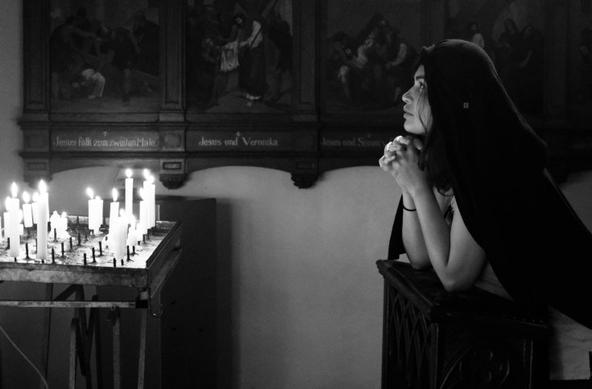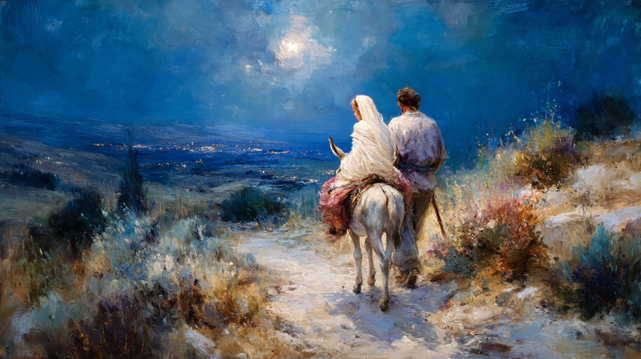Quote of the day, 22 April: Blessed Marie-Eugène
Mary, Mother of the Risen One
Yesterday, we contemplated the Risen Jesus, and in a sense, we were carried away by His light and by the joy of the apostles, who recovered all their hope as they beheld their risen Master.
Today, it is good for us to pause with Mary, the Mother of the Risen One. She is our mother, and we want to understand what was happening in her soul.
We are drawn to seek her in her solitude—to contemplate her there. She does not step into the foreground; she remains hidden, always in the background. We have to make an effort to find her, to draw close to her, but we feel this need.
Let us linger with Mary for a few moments on the day of the Resurrection.
It seems certain that the Lord revealed Himself to her. Her risen Son surely wanted her to share in His joy and in His triumph.
We last saw her on the evening of Good Friday and throughout Holy Saturday, immersed in a sorrow we can hardly imagine. Yes, she remained noble and serene, magnified by suffering, above all by the living word her Son had spoken. On Calvary, He had consecrated her motherhood: a divine motherhood that had become a motherhood of grace for the Mystical Body of Christ and for all humanity made new.
She was great, yet profoundly sorrowful. We have tried to grasp this. In her suffering—in that sea of grief that threatened to bury her in its bitter waves—there burned a flame: the small flame of hope. But it was strong and immense—a hope that sustained the Virgin and, through her, sustained the Mystical Body of Christ.
Beside the cross, beside the body of her dead and buried Son, Mary remained the one true hope—a living hope, rooted in the fruitfulness of a Mother who never ceased to give life.
And now, Jesus is risen. He reveals Himself to her. What joy must have flooded her soul!
At the Visitation, she sang: “My soul magnifies the Lord, and my spirit rejoices in God my Savior.” [Lk 1:46–47]. How much greater her exultation must have been on this morning! Her soul rejoiced. Her hope took hold of its object. Her whole being exulted.
Yes, the angel’s words at the Annunciation were true. The Son she bore was truly the Son of God, truly the Messiah. He had been put to death—for it was necessary that He pass through suffering and death—and now He was alive again, risen.
He was the promised King, the God-Man of incomparable human stature, radiant now in the full glory of His divine majesty.
Mary rejoiced—not only in her soul, but in her body. Her whole being responded with joy at the sight, the touch, the embrace—if we may put it that way—of the risen body of her Son.
This was her joy, her exultation—a movement of the Holy Spirit through her entire being. And all of it unfolded in an outward serenity, a purity, a beauty that already belonged to heaven.
St. John of the Cross speaks of the awakenings of the Word in the soul (cf. The Living Flame Of Love, stanza 4). Here was one of those awakenings—the Word, seemingly at rest, stirring again in the soul under the flame and breath of the Holy Spirit. He sings within it, exults within it, and causes not only the soul and grace to rejoice, but even the body itself.
So it is when the source of joy is spiritual: it reaches the furthest edges of one’s being and person.
Here, it was more than just a radiance in Mary’s body or flesh—her very flesh exulted at the sight and the embrace of the risen body of the God-Man, her Son.
Blessed Marie-Eugène of the Child Jesus
Homily for Easter Monday, 15 April 1963
Marie-Eugène de l’Enfant-Jésus 1986, Jésus, Contemplation du Mystère Pascal, Editions du Carmel, Toulouse.
Translation from the French text is the blogger’s own work product and may not be reproduced without permission.
Featured image: In Ushered in a Tearful Joy (c. 1890), Russian painter Vasily Polenov (1844–1927) captures the moment when Resurrection light breaks into the house of mourning. A woman—possibly Mary Magdalene—stands in the doorway, clothed in blue, announcing news that will change everything. Seated in the shadows, one veiled figure turns to listen; another sits with head in hands, still bowed in grief. The painting evokes the Easter Monday Gospel (Mt 28:8–10), in which the women, “fearful yet overjoyed,” run from the tomb to tell the disciples, and meet the Risen Lord along the way. Image credit: WikiArt (Public domain)
⬦ Reflection Question ⬦
How might I linger with Mary today, allowing her hidden joy to deepen my faith in the risen Christ?
⬦ Join the conversation in the comments.
#BlessedMarieEugeneOfTheChildJesus #BlessedVirginMary #embrace #hope #MotherOfChrist #MotherOfTheLiving #resurrectionOfChrist #solitude #sorrow #StJohnOfTheCross












